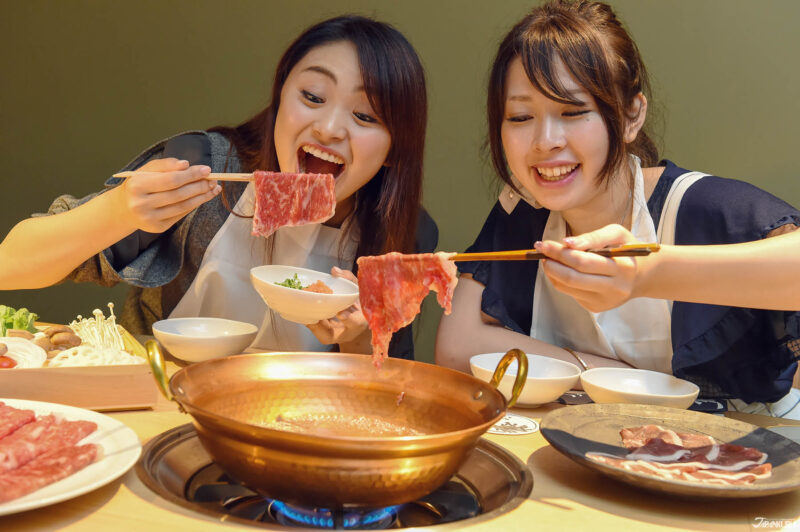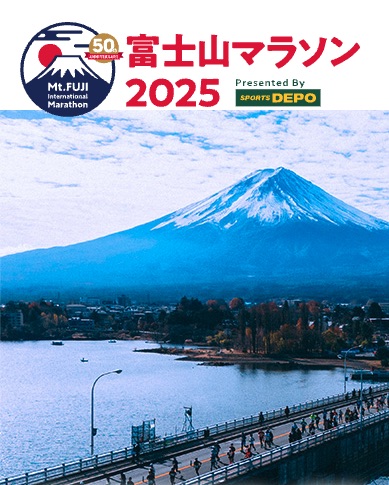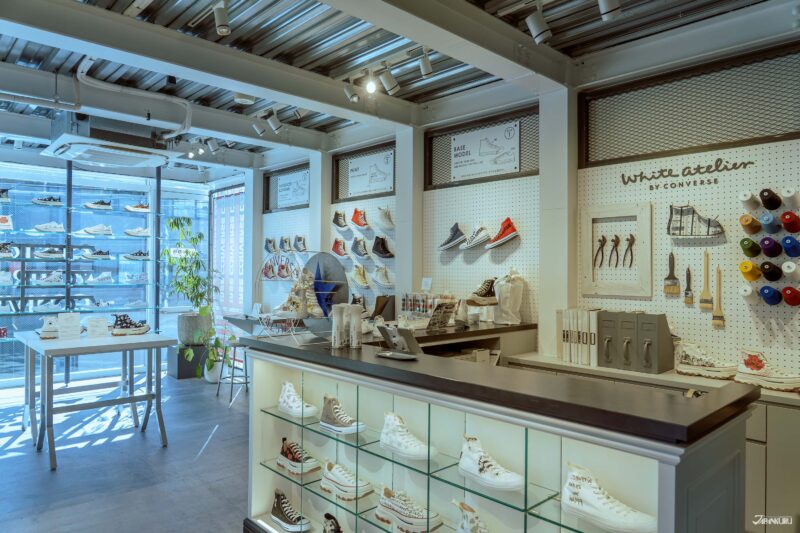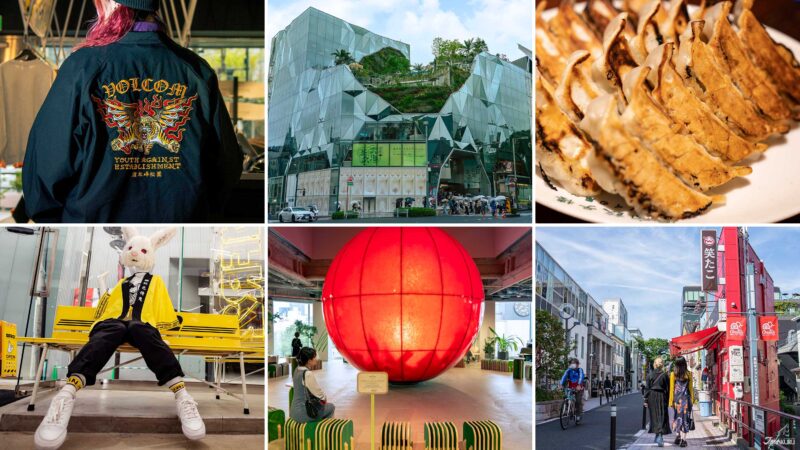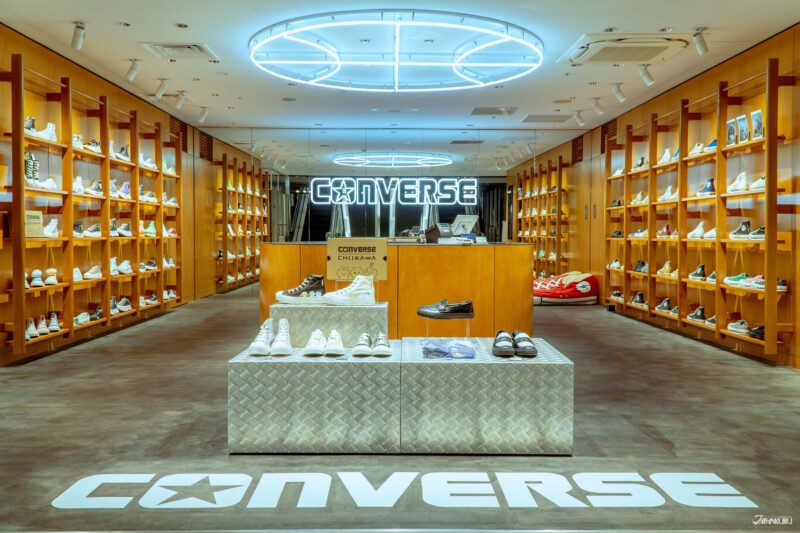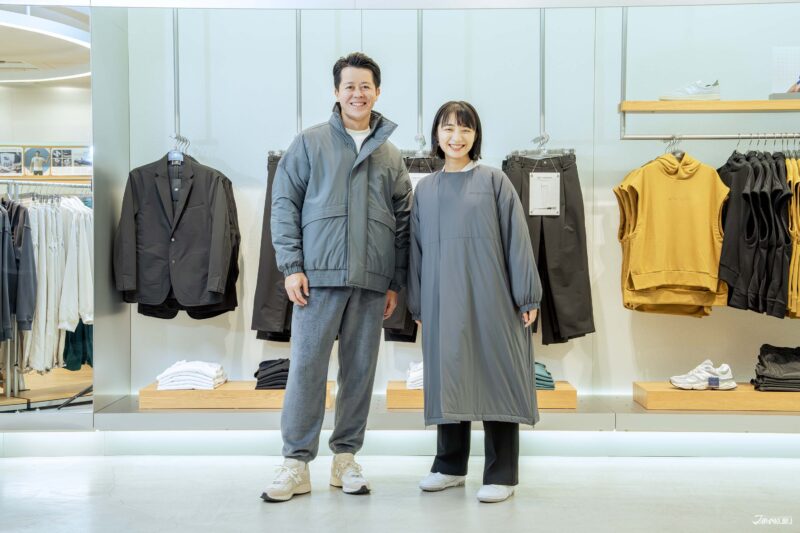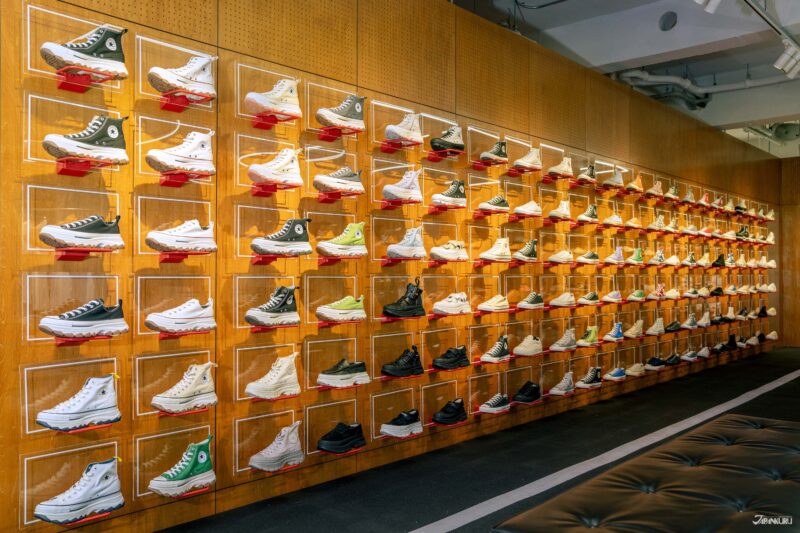
Shop Japanese Fashion at Converse Japan’s First Tokyo Flagship CONVERSE STORE HARAJUKU
Shoe shopping in Tokyo? Converse shoes are iconic and original, with a surprisingly long history, and now you can find them in the Japanese shopping paradise of Harajuku at the new Japanese flagship CONVERSE STORE HARAJUKU.
CONTENTS
The First Japanese Converse Flagship: CONVERSE STORE HARAJUKU
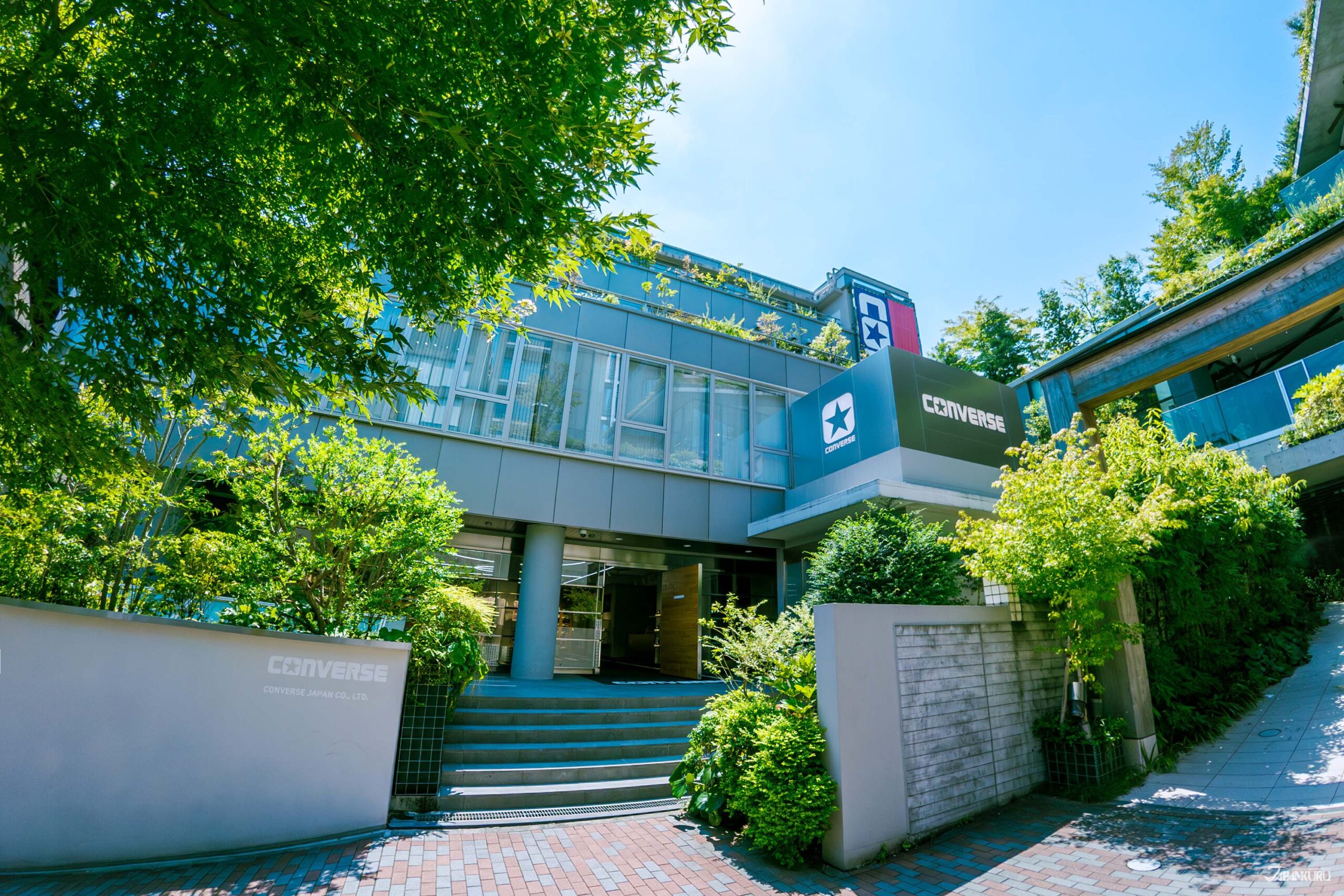
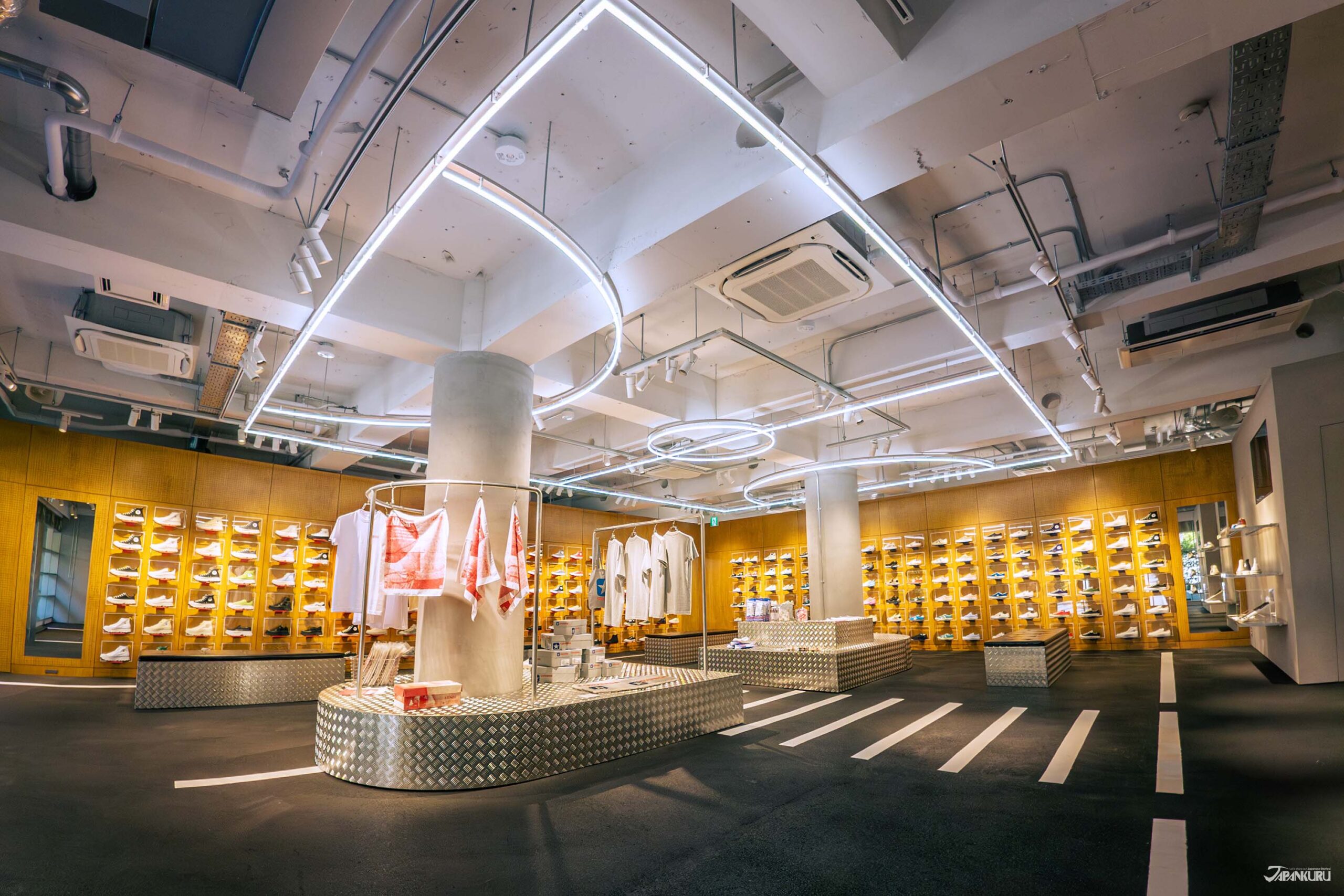
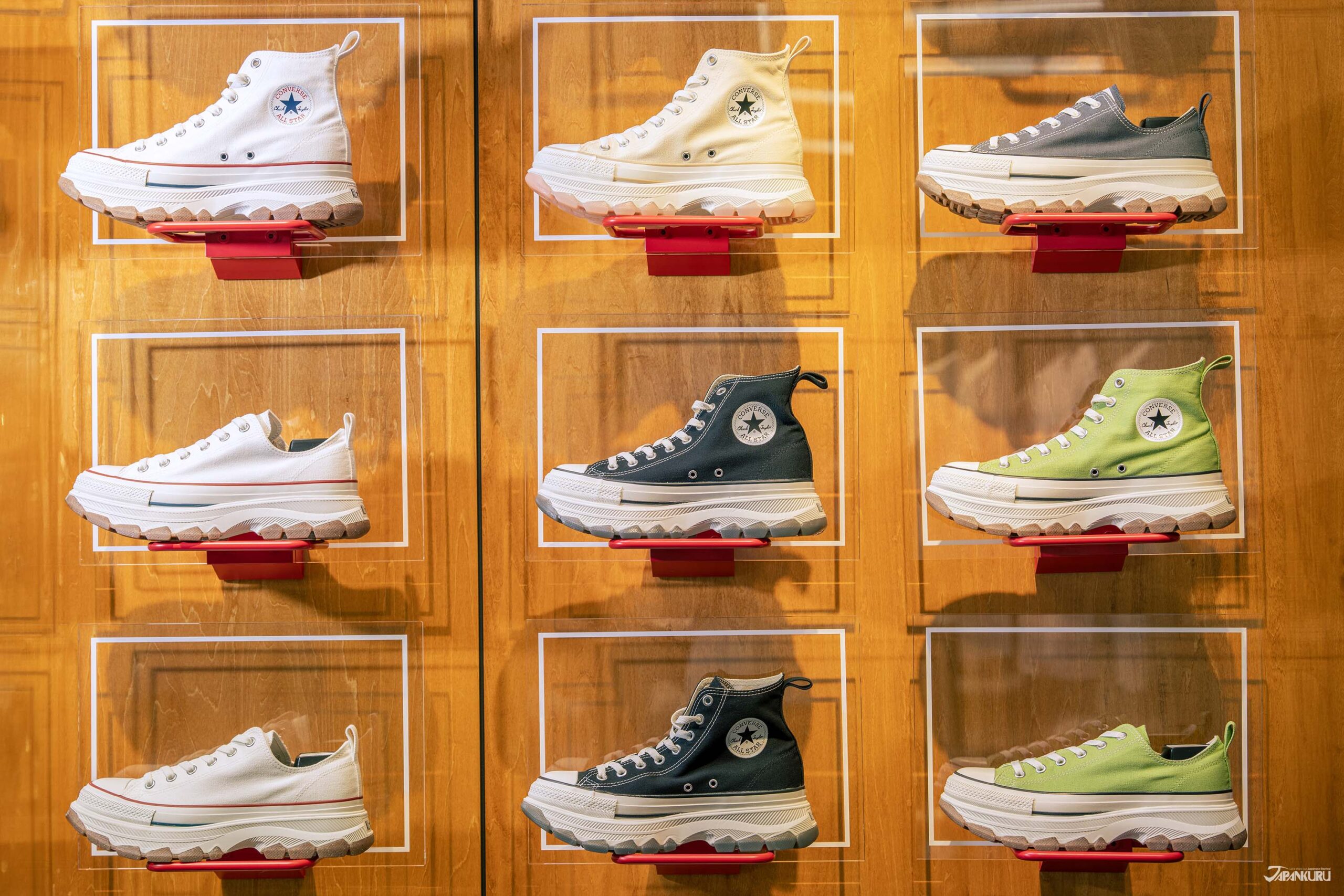
Converse’s long history began in 1908 when it was established by Marquis Converse in the US state of Massachusetts. At the very beginning the brand actually started producing rubber galoshes, but in 1917 they announced the arrival of the Canvas All Star, which became the favorite shoe of star basketball player Charles H. Taylor. Taylor’s love for the Canvas All Star helped it spread far and wide, and before long Converse had cemented its status as a basketball shoe brand. Of course, as the years passed, Converse shoes became a cultural icon, and they slowly shifted from sports equipment to fashion items. These days the brand has expanded to offer all kinds of sports and lifestyle products, and with the slogan “Design Yourself,” Converse continues to evolve, offering both eternal classics and inspired new takes on old favorites.
Japan’s very first Converse flagship store, the CONVERSE STORE HARAJUKU, opened in Harajuku, Tokyo on July 20, 2024 as a new center of the Converse experience, and it has quickly become a popular gathering spot for Converse fans from around the world. The brand’s unique identity can be felt everywhere, from the basketball court design on the ceiling that calls back to Converse’s roots, to the asphalt flooring that provides a natural backdrop for modern Converse street style, and of course the wide variety of exclusive Converse products.
This time we’ve put together a Converse shopping list for fans of the brand planning to visit the CONVERSE STORE HARAJUKU, along with a quick look at the cool customization options available at the nearby White atelier BY CONVERSE Harajuku, so you can find the best Harajuku styles from Converse on your next Tokyo shopping trip.
CONVERSE STORE HARAJUKU (コンバースストア原宿)
1F 1-14-4 Jingumae, Shibuya City, Tokyo
Hours: 11:00 – 19:00
Official Website (jp)
“Made in Japan” Models, Japan Exclusives Constructed with Japanese Craftsmanship
ONE STAR J SUEDE

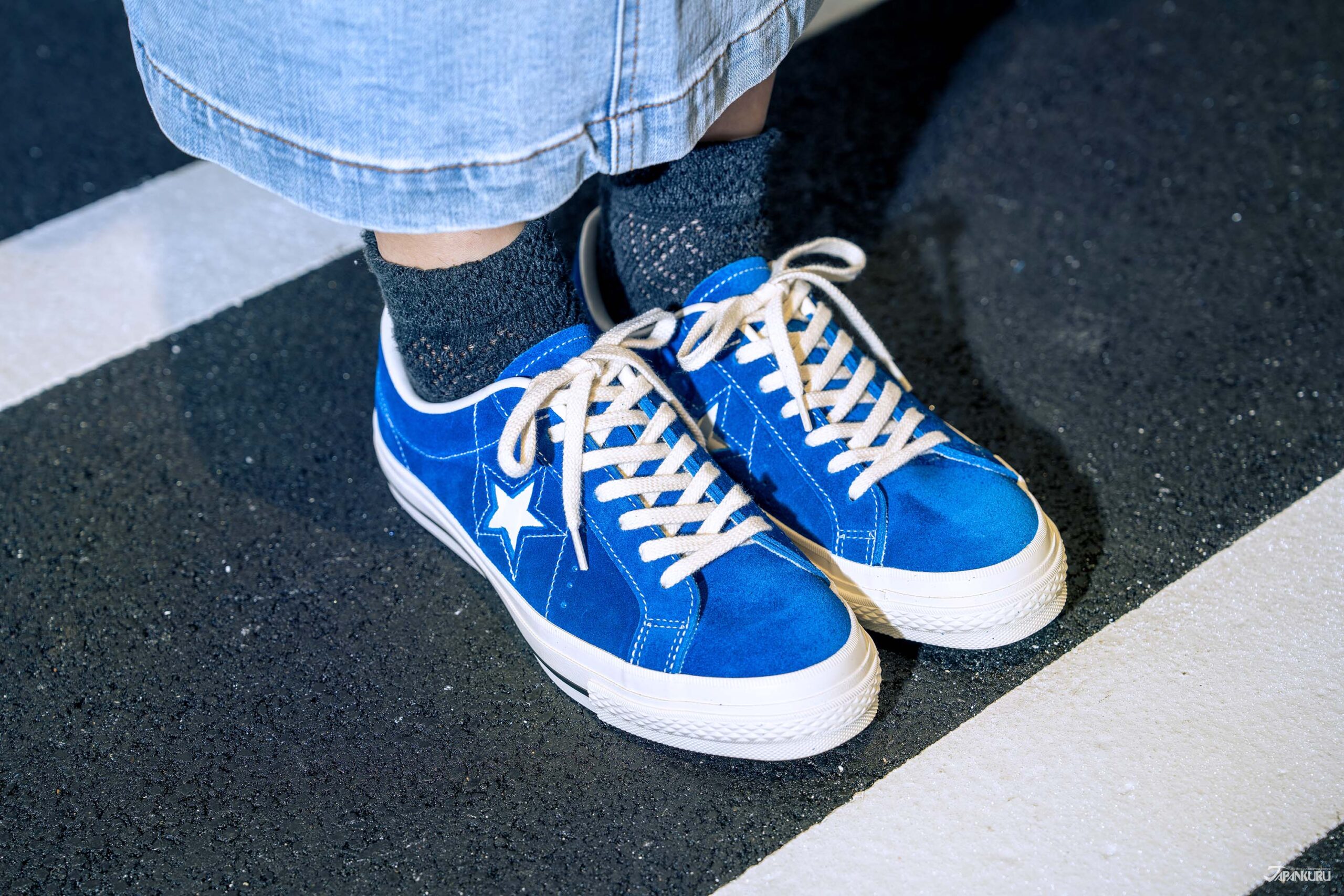
Blue: ONE STAR J SUEDE
Among the many Made in Japan options available from Converse, the ONE STAR J SUEDE is particularly noteworthy, with its sleek classic style, and an upper made from high-quality Japanese suede. The bright eye-catching colors are reminiscent of Converse’s vintage designs, and it goes perfectly with the Ura-Hara fashion that originated in the backstreets of Harajuku, which is seeing its own revival these days.
CANVAS ALL STAR J Series
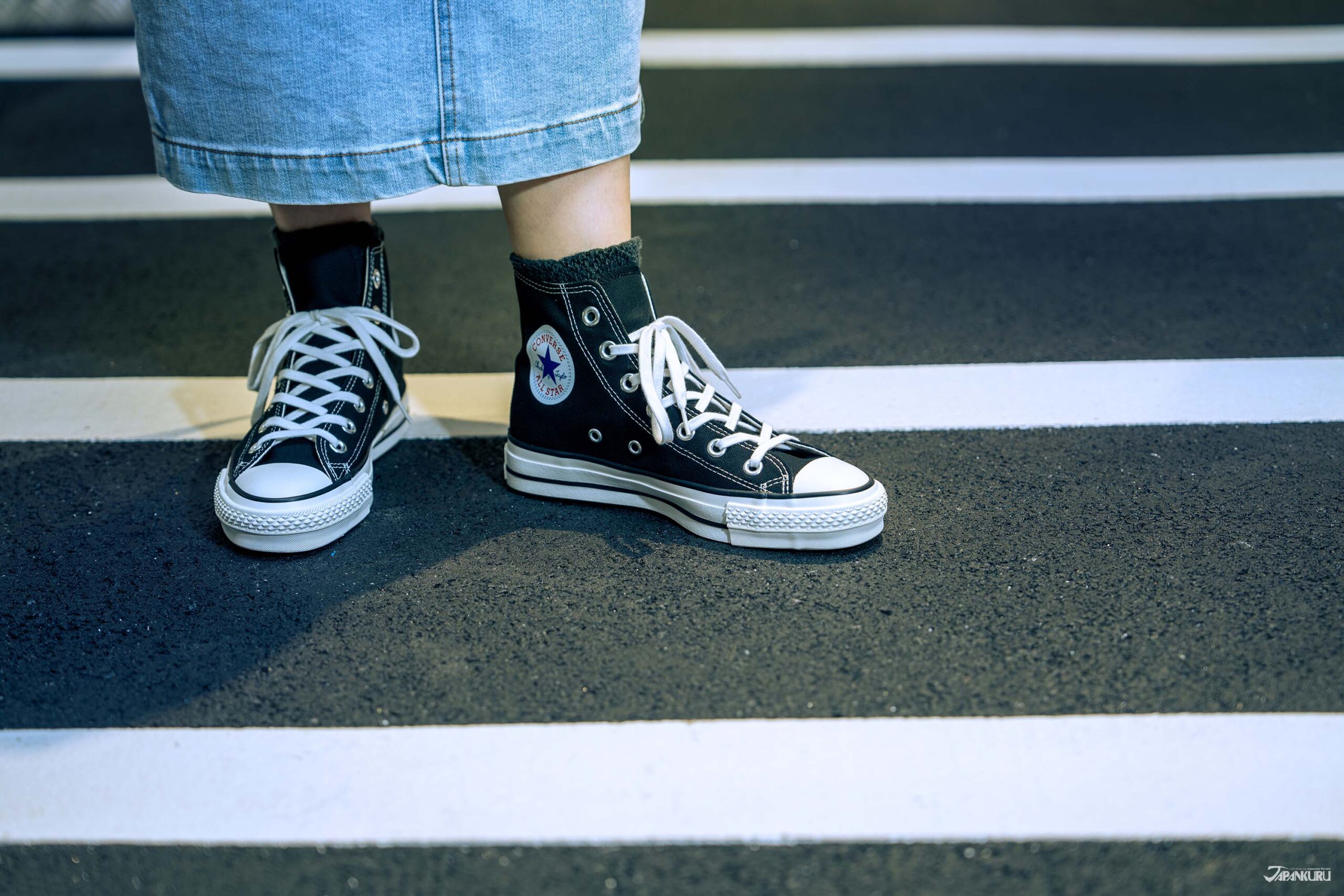
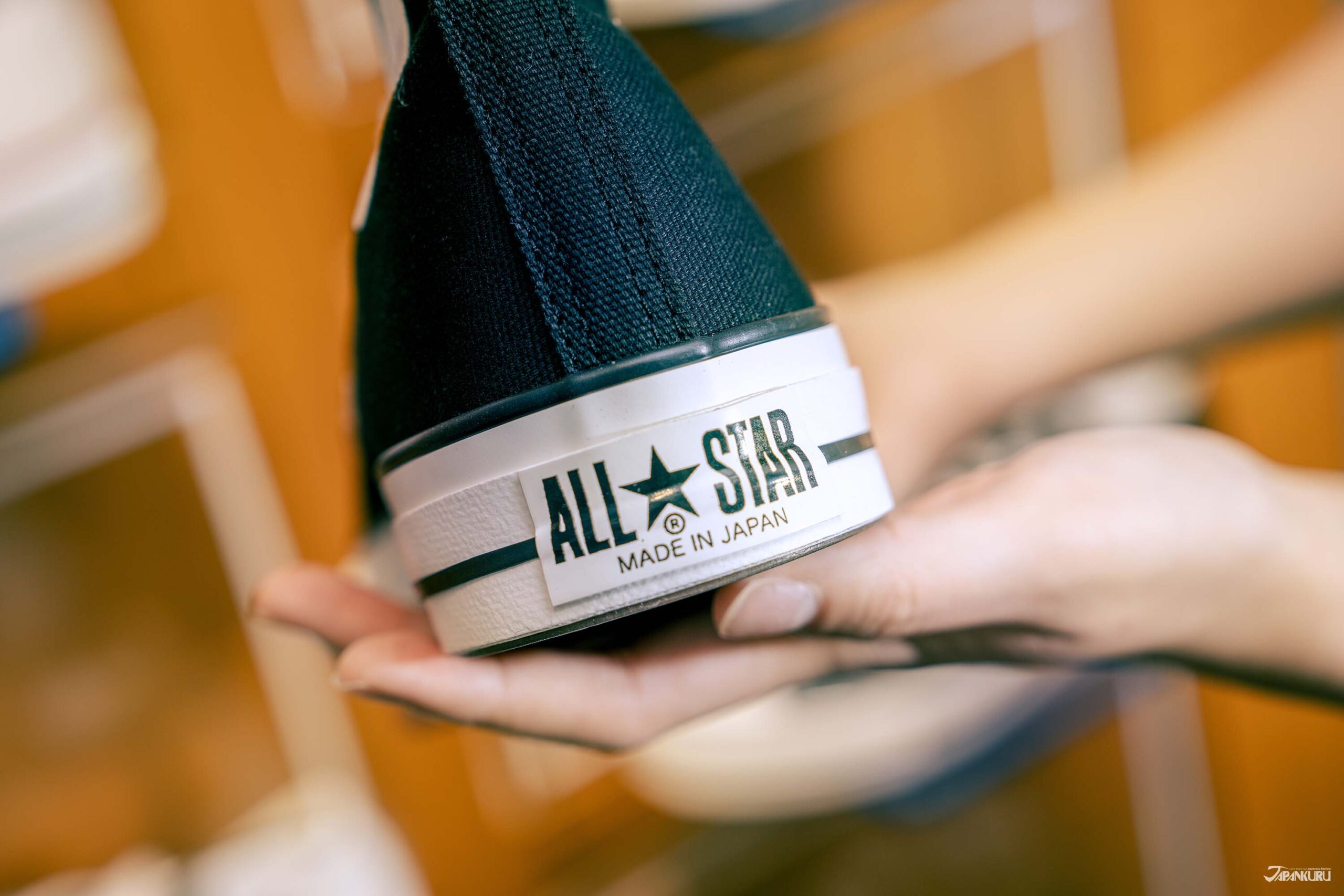
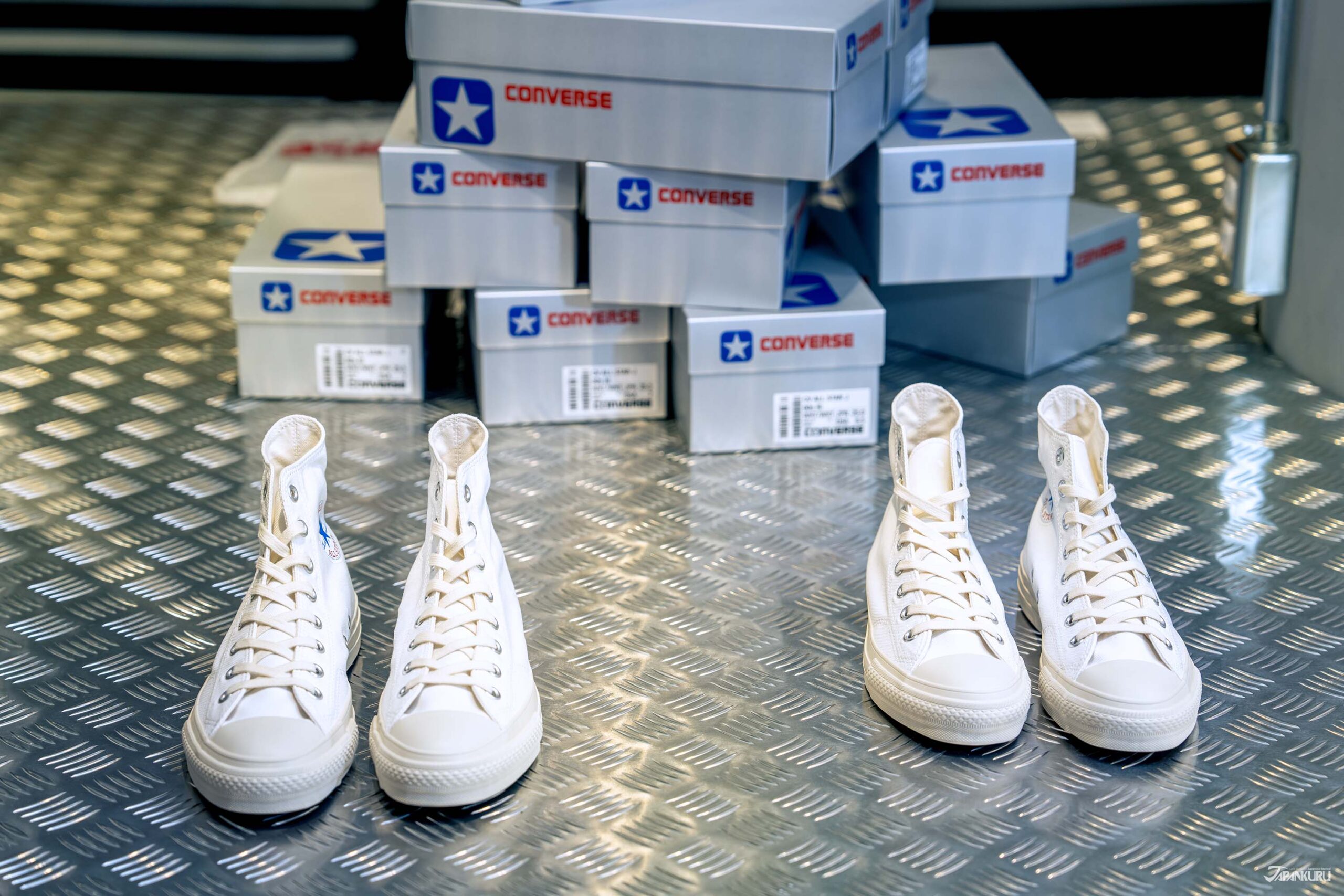
Black: CANVAS ALL STAR J HI / White: CANVAS ALL STAR J 80s HI
Our next Made in Japan recommendation is a series based on the classic All Star, but this Made in Japan version is called the CANVAS ALL STAR J. These models takes the ubiquitous, beloved All Star design to the next level using Japanese craftsmanship and high-quality materials made in Japan, and proof of that cool Made in Japan status is right on the heel, thanks to a rubber label printed with “Made in Japan.” During our visit to the CONVERSE STORE HARAJUKU, we tried on the black high tops, but these shoes come in just as many colors as you would expect. Look out for seasonal colors, or try out some low tops, and you’ll find a pair of Converse for just about any occasion. The CANVAS ALL STAR J 80s HI (seen above, bottom right) even takes a page out of the 80s Converse lookbook, bringing back vintage details from the archive for an extra retro look, with the theme extending all the way to the vintage design of the shoe box. The white x white version is only available in Japan at CONVERSE STORE JAPAN, White atelier BY CONVERSE, and the Japanese online shop.
Thick Soles for Extra Style with the Converse Platform Series
ALL STAR Ⓡ TREKWAVE Series
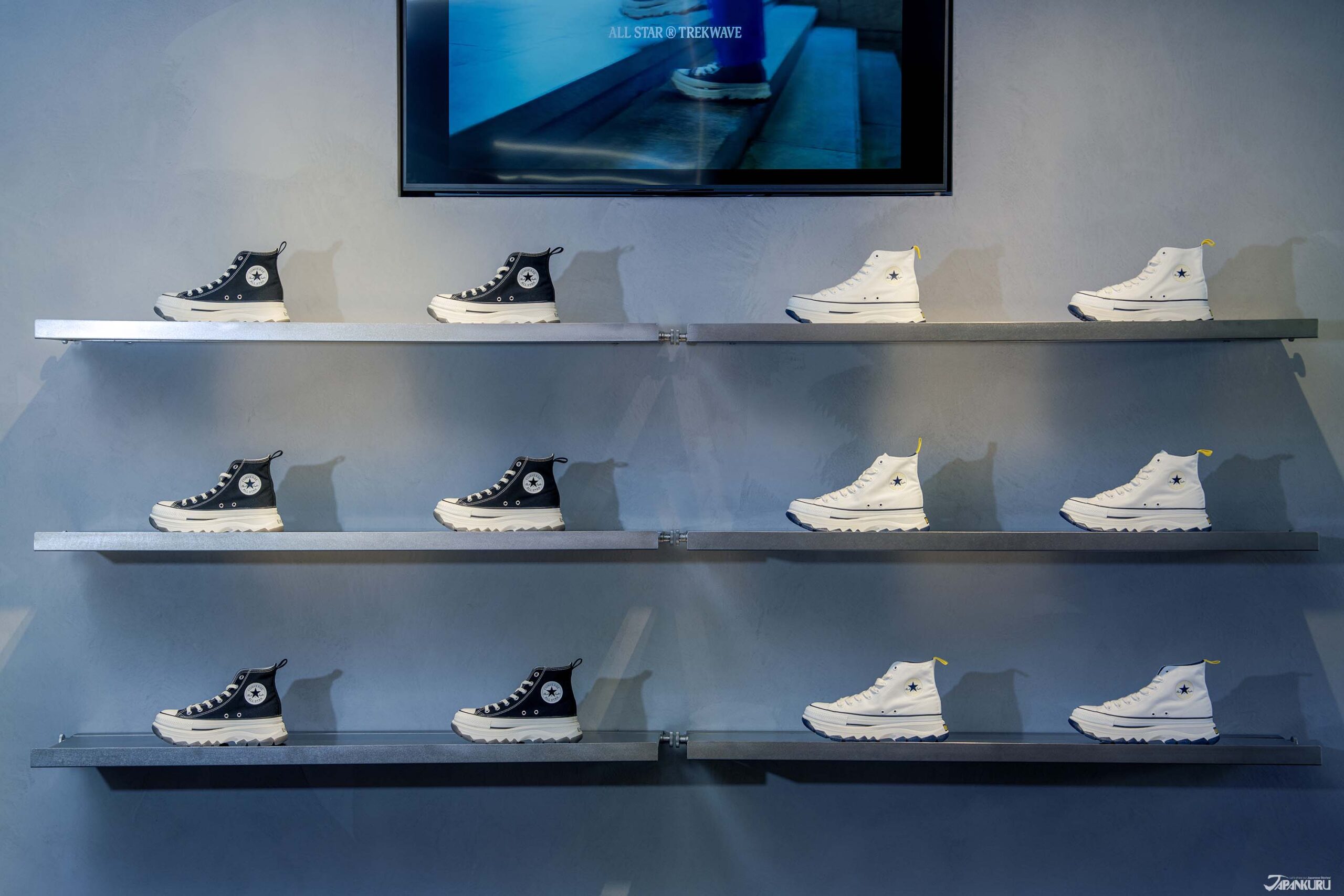
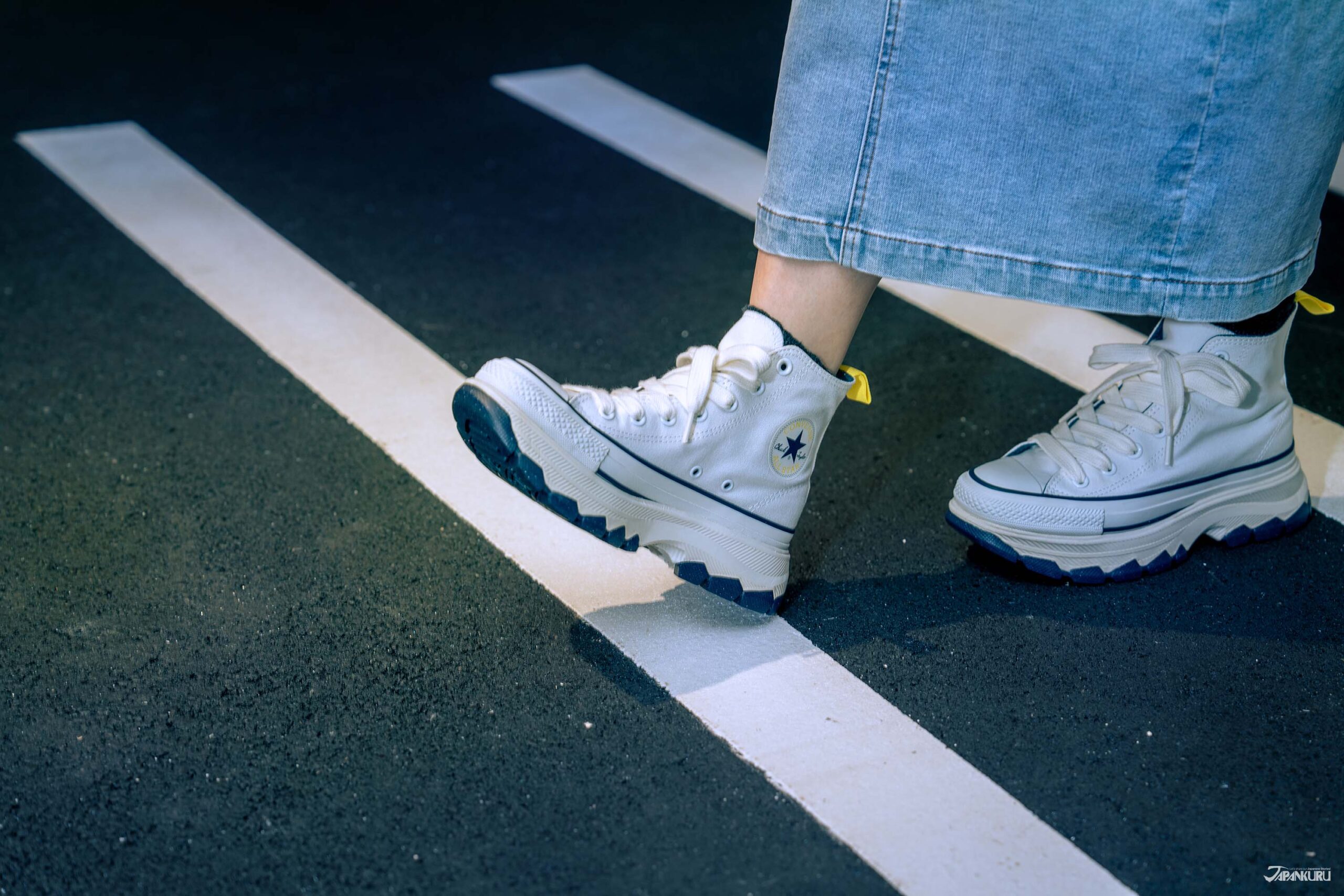
ALL STAR Ⓡ TREKWAVE PC HI
TREKWAVE shoes, with their bold platform soles, are the epitome of Converse’s ability to combine their classic designs with the latest trends, and we particularly recommend you take a look at the ALL STAR Ⓡ TREKWAVE PC HI. These shoes are not only a Japan exclusive, but they’re also only available in three places: the CONVERSE STORE HARAJUKU, the White atelier BY CONVERSE, and the Converse Official Online Shop in Japan. The model is a combination of the iconic All Star design and a sole reminiscent of trekking (hiking) shoes, and with details in colors like navy and yellow, there’s no denying the trendy appeal of these unusual Converse. Thanks to the thick, comfortable E.V.A. midsole and the non-slip outsole, they’re actually perfect for rainy days, too!
Find Your Favorite TREKWAVE
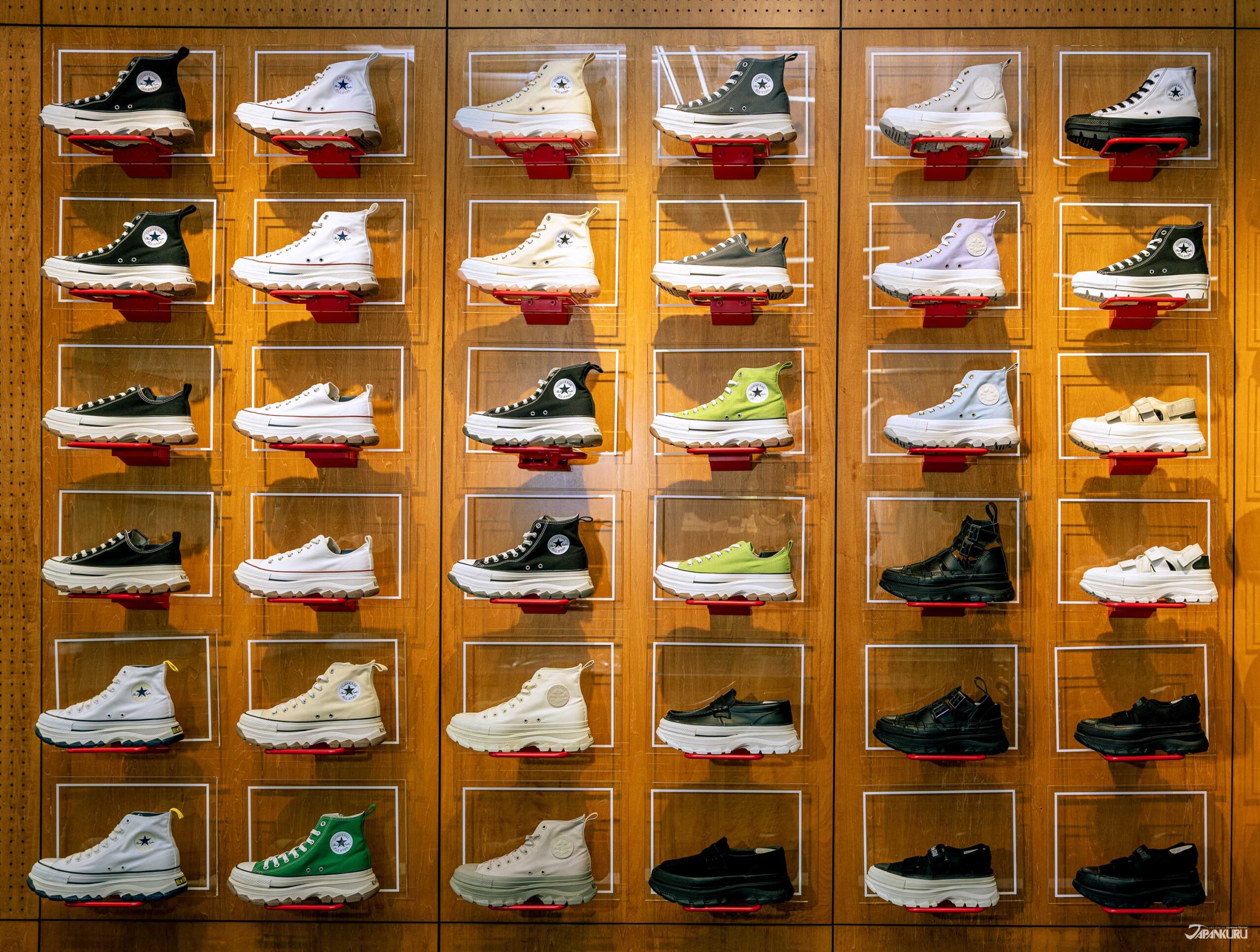
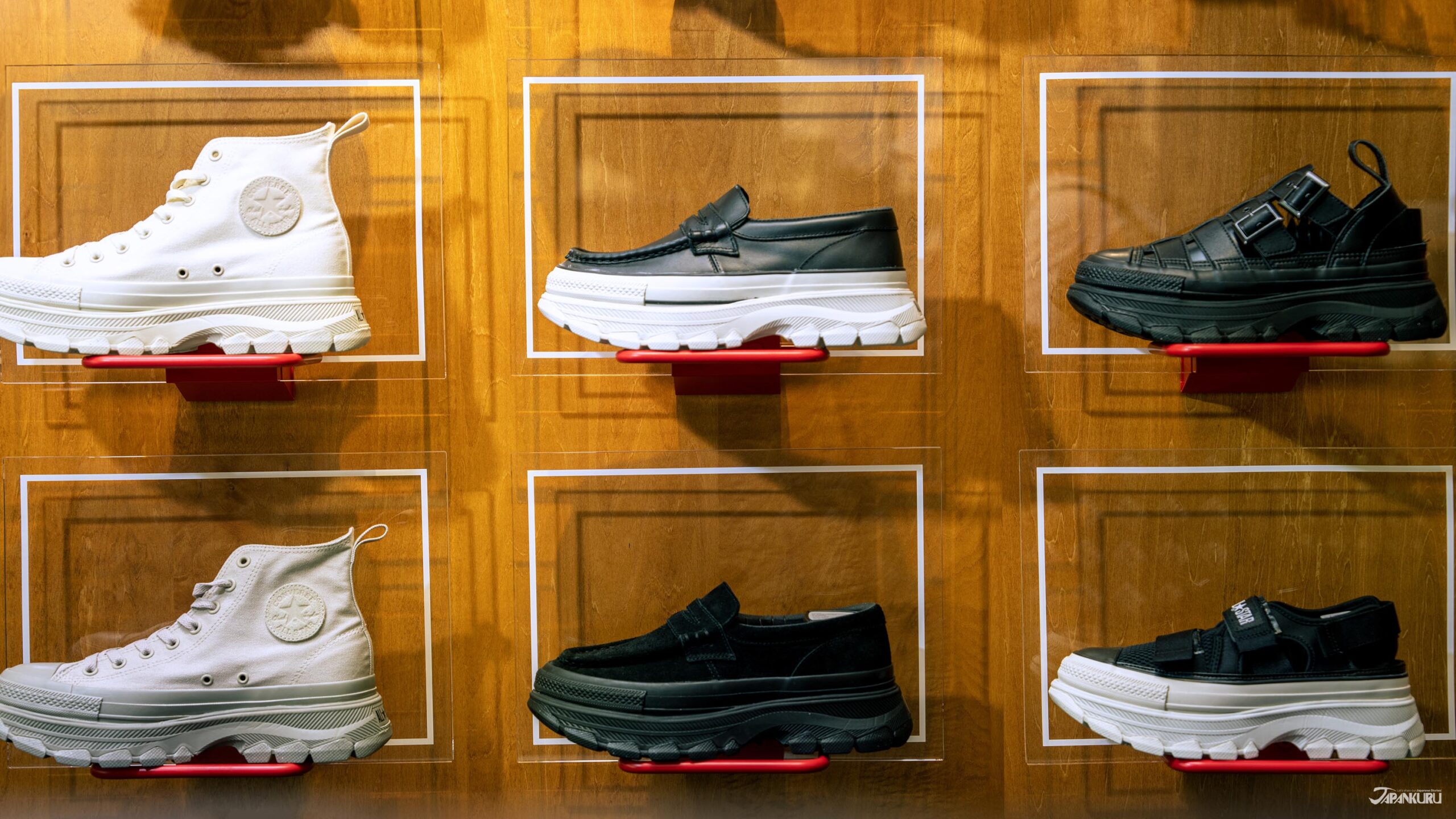
Aside from the limited edition TREKWAVE sneakers above, you can check out a variety of similar designs at the CONVERSE STORE HARAJUKU, like the simple black and white ALL STAR Ⓡ TREKWAVE HI, or the ALL STAR Ⓡ TREKWAVE NC HI in fun pastel colors like lavender, pale blue, and light grey. There are even ALL STAR Ⓡ TREKWAVE LOAFER models with trendy loafer-style uppers!
Make Converse the Focus of Your Look
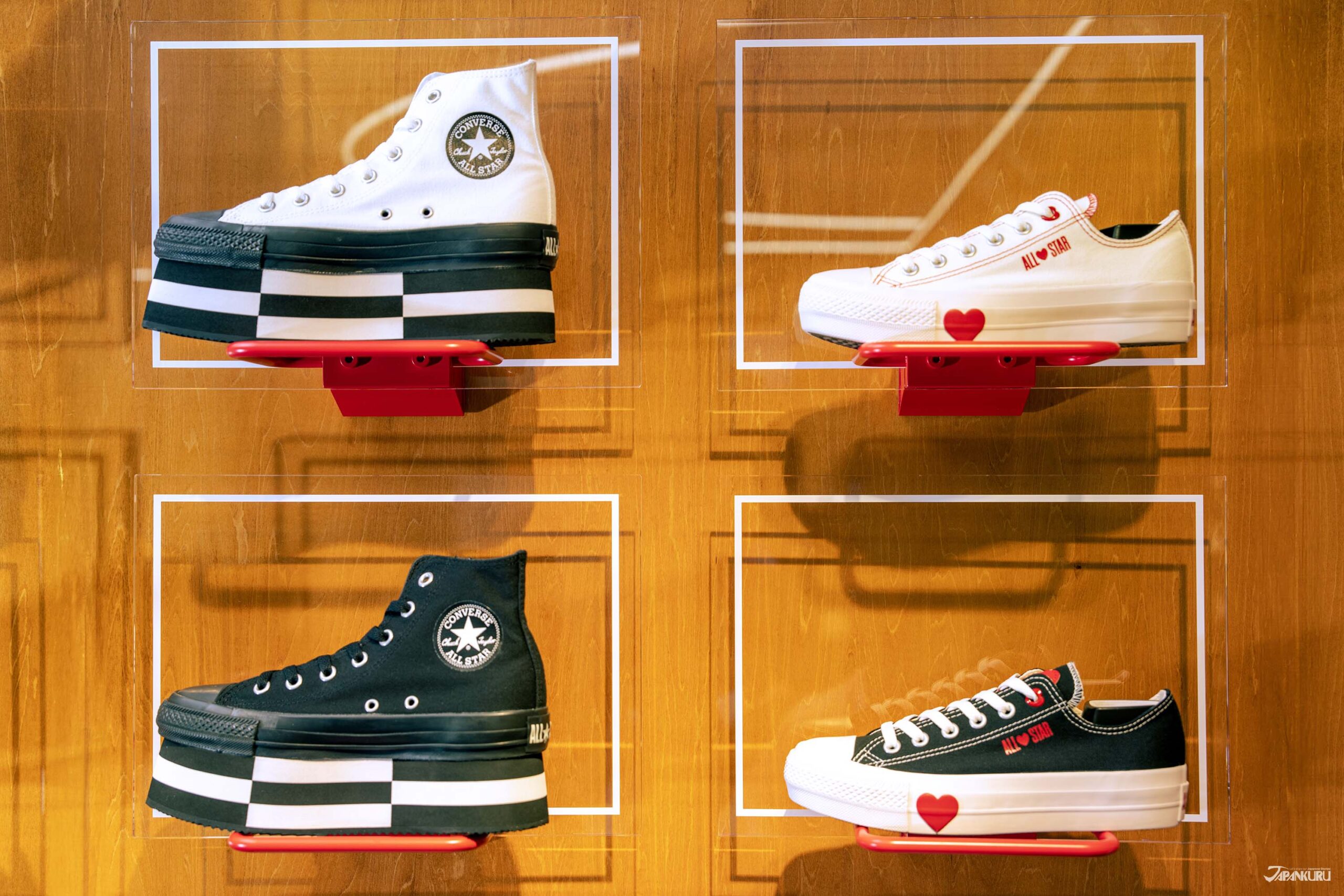
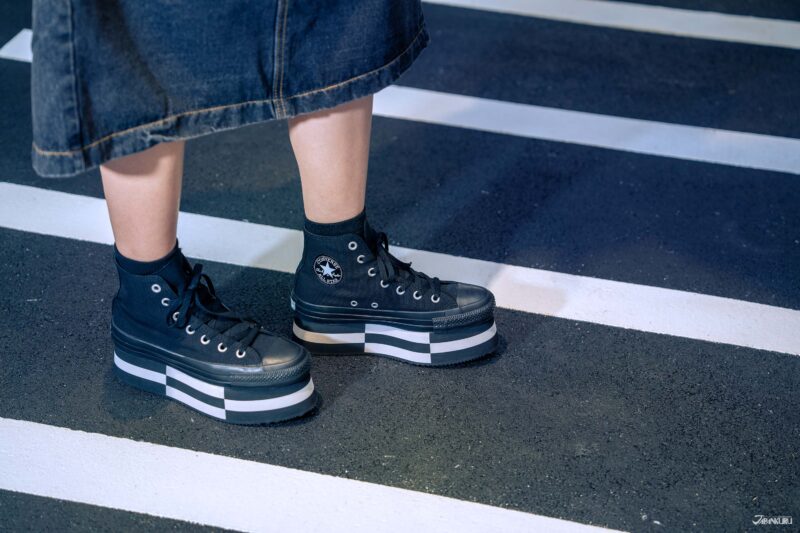
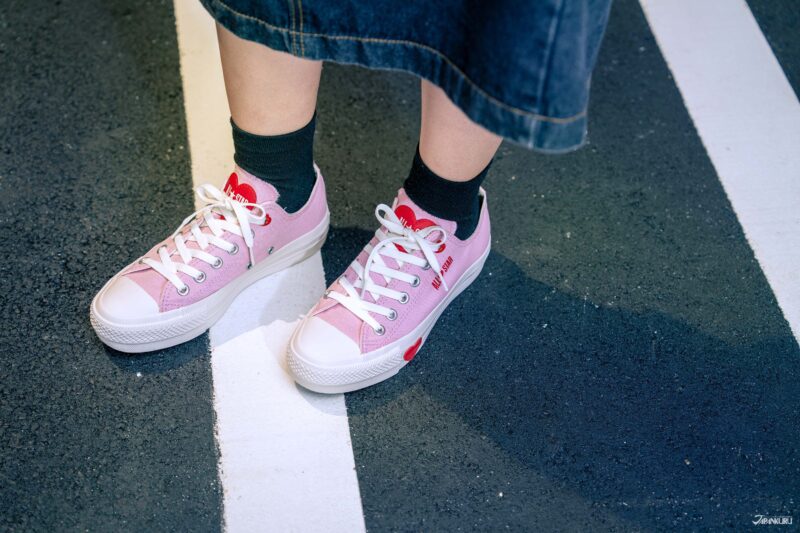
Black: ALL STAR CHUNKYBLOCK HI / Pink: ALL STAR PLTS MANYHEARTS OX)
Browse the selection at the CONVERSE STORE HARAJUKU, and you’ll find some funky designs to add a little flair to any outfit. The ALL STAR CHUNKYBLOCK HI has a unique black and white checkerboard pattern in the blocky soles, perfect for anyone who likes to show off their footwear without going overboard. The ALL STAR PLTS MANYHEARTS OX, on the other hand, has an adorably eye-catching heart theme, which fits perfectly into any cutesy aesthetic. Not only are there big red hearts all over, but the heel is even labeled “ALL♥STAR” for extra effect, making them just the thing for your most “kawaii” looks.
Matching Merchandise for the Whole Family
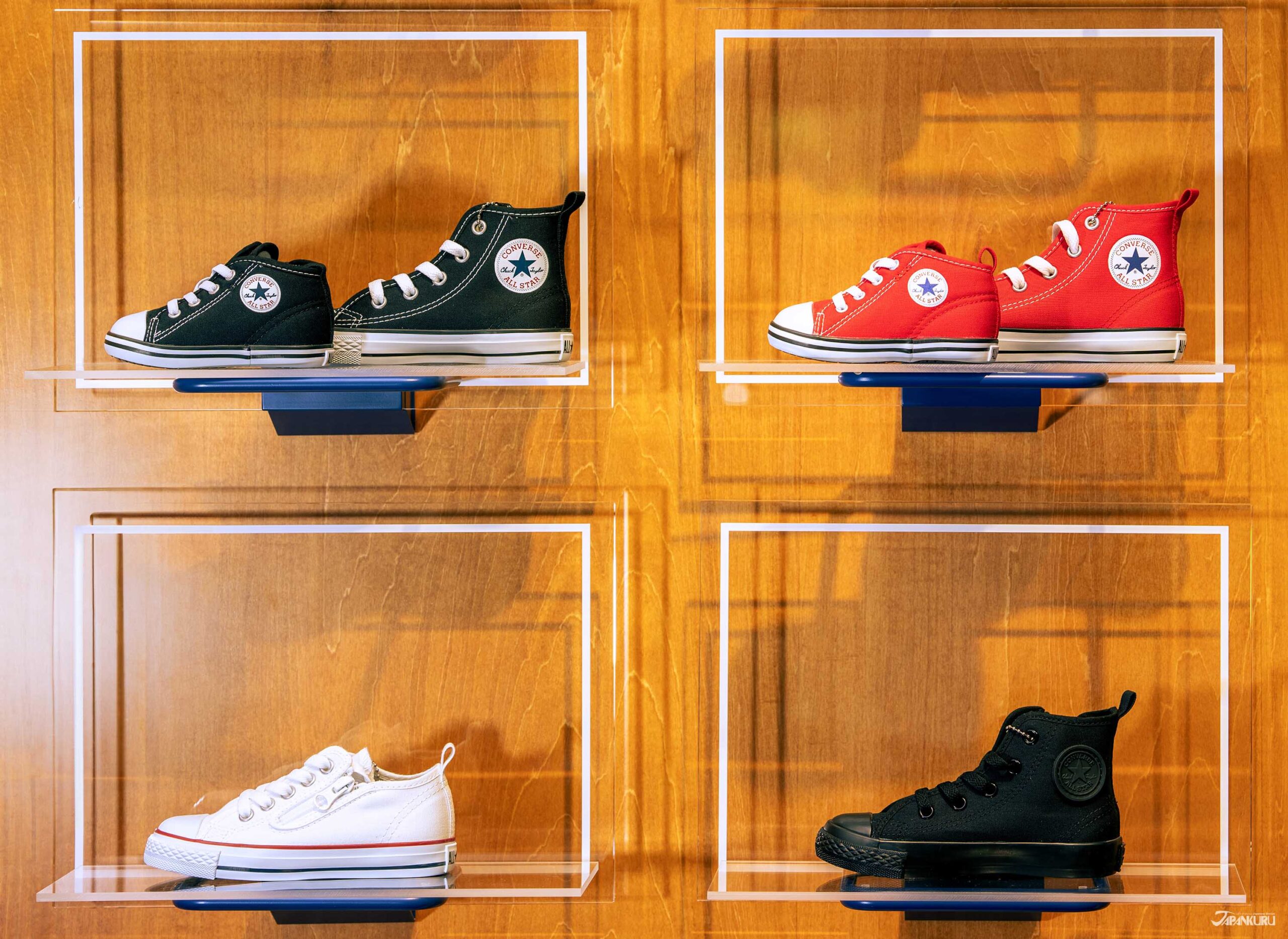
Clockwise: BABY ALL STAR N Z & CHILD ALL STAR N Z HI / BABY ALL STAR N Z & CHILD ALL STAR N Z HI / CHILD ALL STAR N Z HI / CHILD ALL STAR N Z OX
Converse’s Harajuku flagship isn’t just for adults! There’s also a wide selection of kids’ products, which means that families with kids can all dress up in cute matching outfits.
The Full Range of Converse Fashion
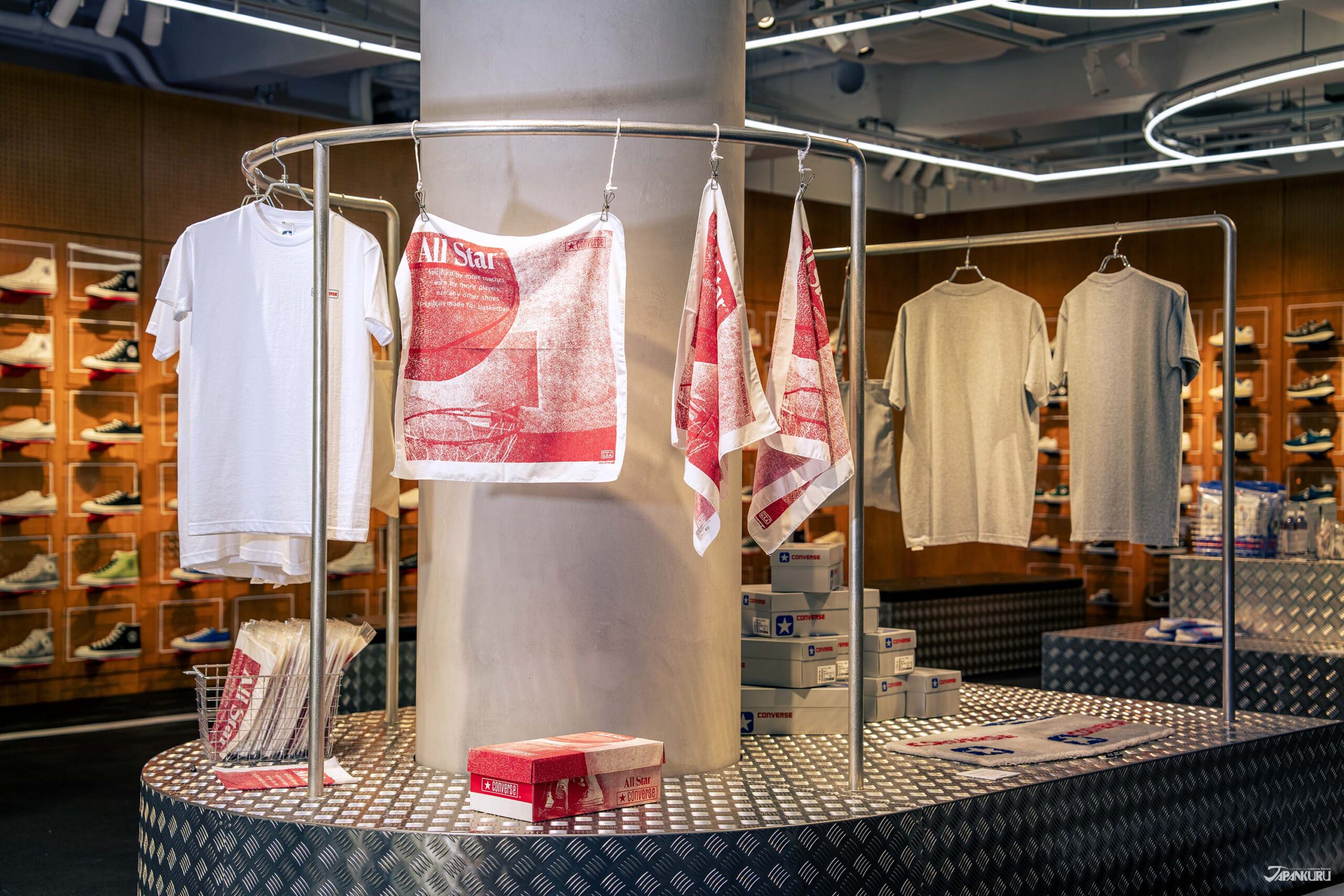
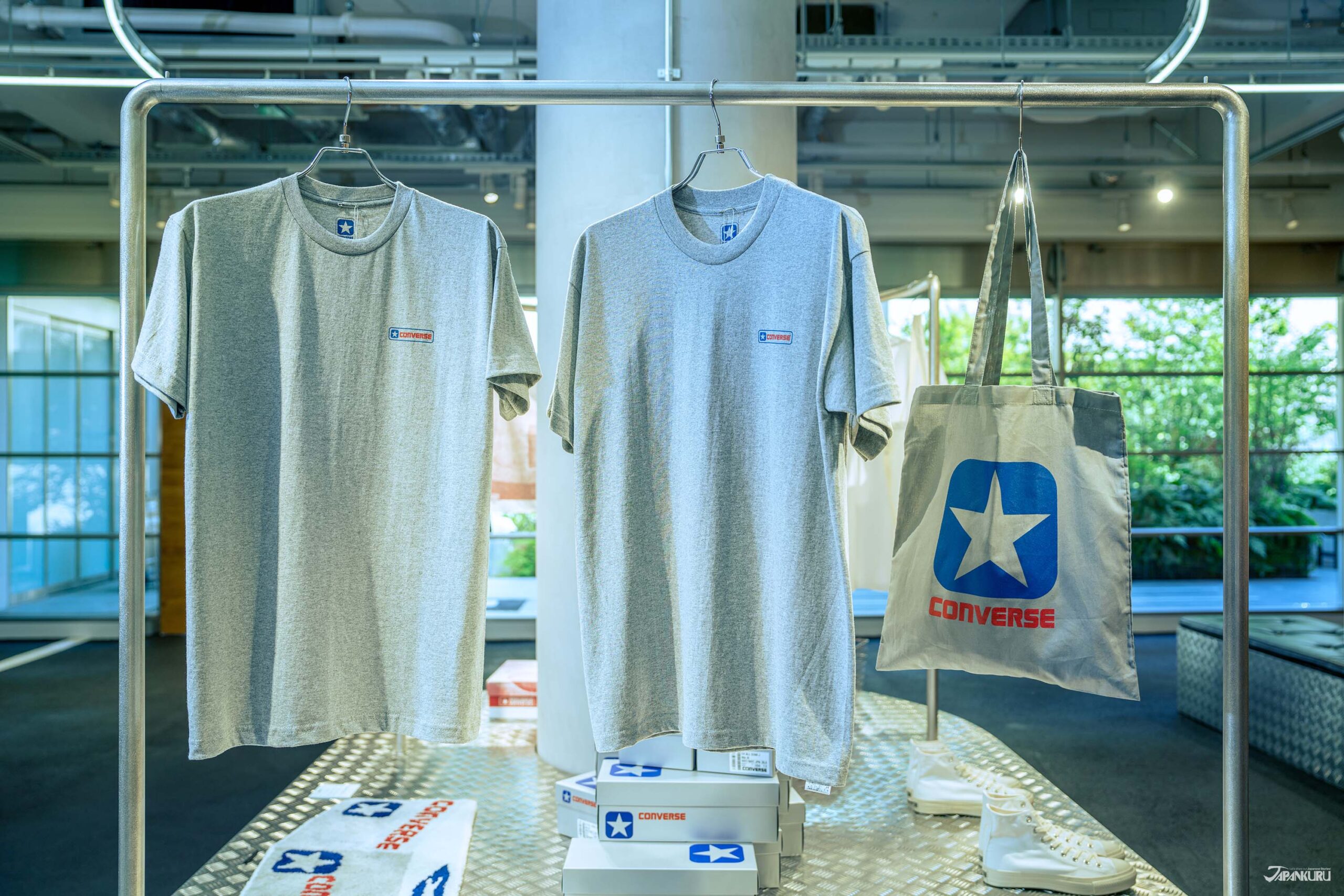
Most people associate the Converse brand with sneakers, but shoes aren’t the only thing they make. The CONVERSE STORE HARAJUKU also has a wide range of fashion and apparel, including bandanas printed with a Converse box design from the ’70s, t-shirts and tote bags made in collaboration with brands that are quintessential on the Tokyo scene, and other exclusive merchandise only available at Converse flagships. Don’t miss this chance to see what Converse has to offer outside of just the shoe scene.
Get Custom Converse at White atelier BY CONVERSE
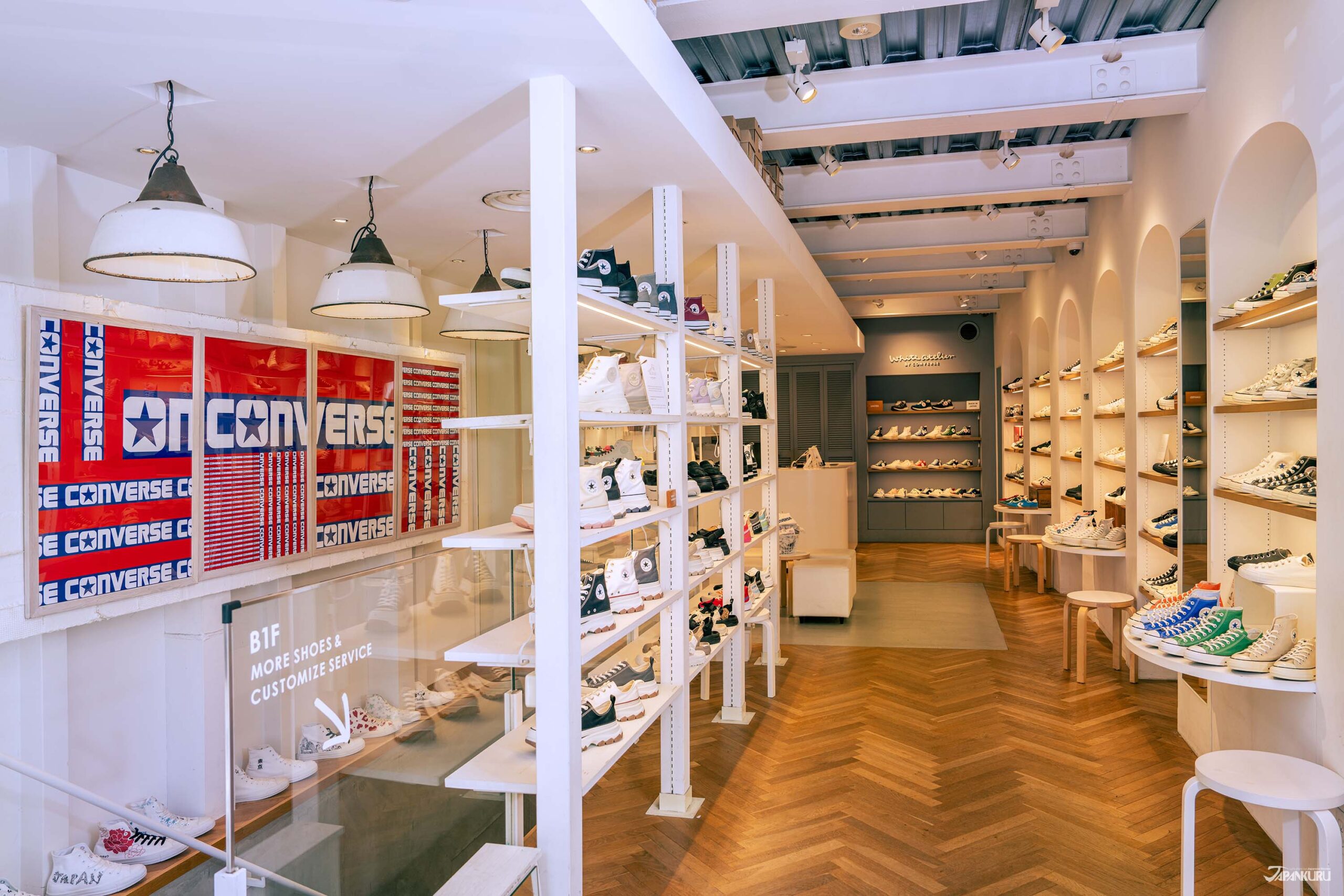
To customize your Converse to your heart’s content, walk fifteen minutes from the CONVERSE STORE HARAJUKU to get to the Harajuku location of the White atelier BY CONVERSE.

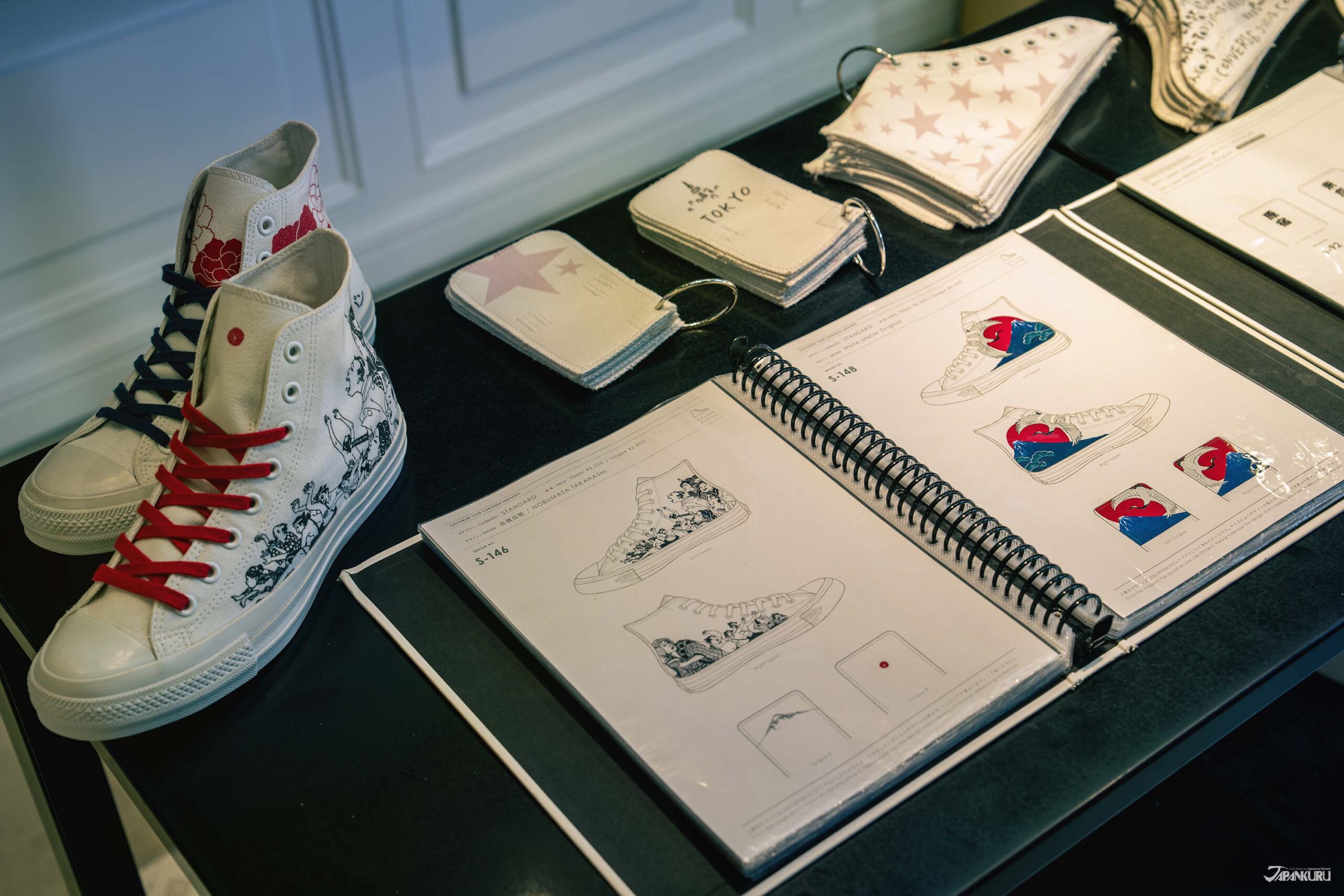
This special Converse concept shop lets you take the blank canvas of a limited edition all-white All Star, and make it your own with a variety of customization options. Look through the sample books to find a design you like, and put together a custom pair of Converse you won’t find anywhere else, all at the White atelier BY CONVERSE.
White atelier BY CONVERSE Harajuku
HOLONIII Bldg, 6-16-5 Jingumae, Shibuya City, Tokyo
Hours: 12:00 – 20:00
Experience the Origins & Originality of Converse at CONVERSE STORE HARAJUKU
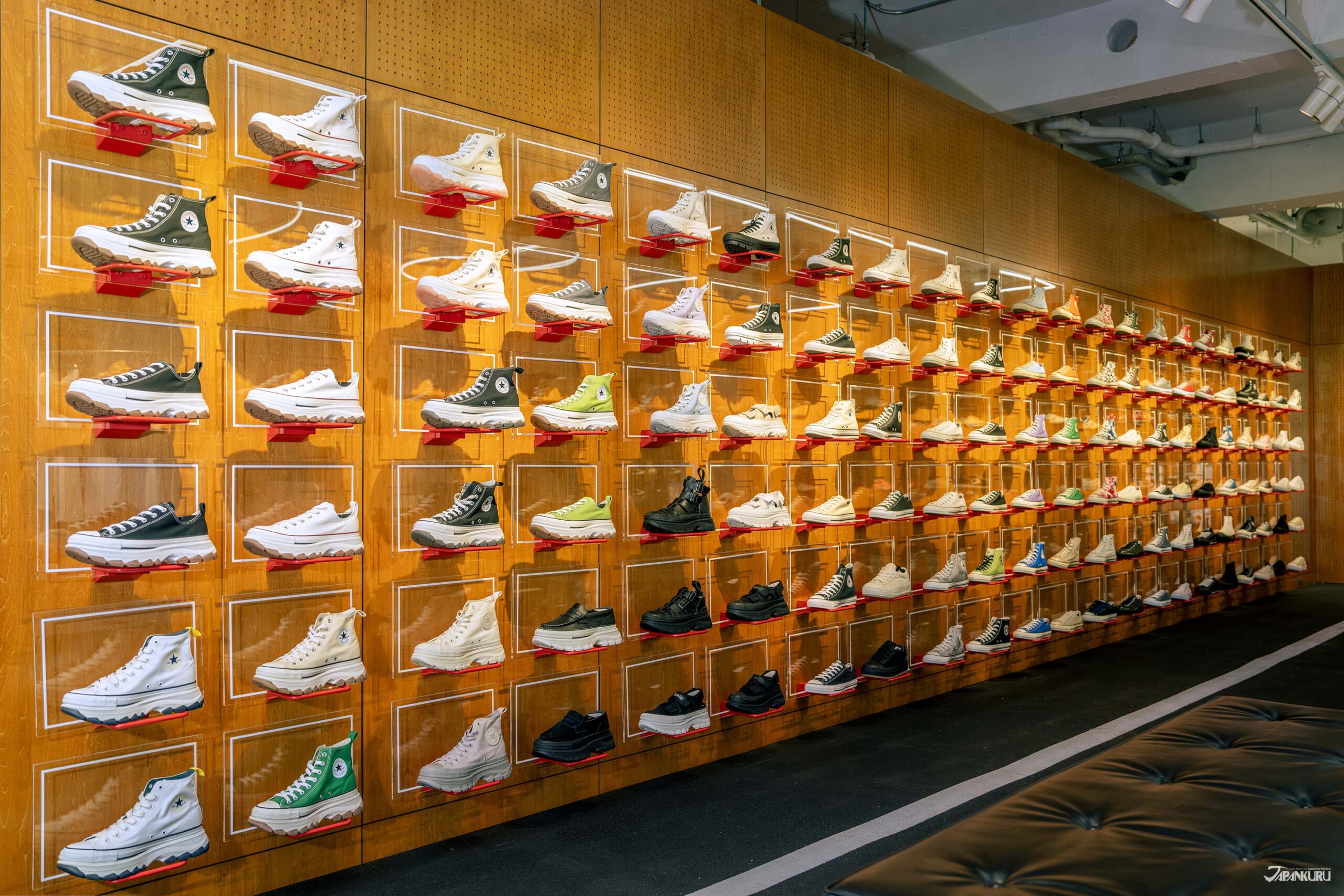
Over the course of its long history, Converse has gone from a basketball must-have to a staple in any wardrobe, and their best-known sneakers have even become a beloved part of Harajuku fashion, making it only natural for the brand to open its first Japanese flagship in the heart of Tokyo. On your next trip to Japan, head to Harajuku for the latest in Japanese fashion, and stop by the newly opened CONVERSE STORE HARAJUKU.
For more info and updates from Japan, check Japankuru for new articles, and don’t forget to follow us on X (Twitter), Instagram, and Facebook!
COMMENT
FEATURED MEDIA
VIEW MORE 
A New Tokyo Animal Destination: Relax & Learn About the World’s Animals in Japan
#pr #japankuru #anitouch #anitouchtokyodome #capybara #capybaracafe #animalcafe #tokyotrip #japantrip #카피바라 #애니터치 #아이와가볼만한곳 #도쿄여행 #가족여행 #東京旅遊 #東京親子景點 #日本動物互動體驗 #水豚泡澡 #東京巨蛋城 #เที่ยวญี่ปุ่น2025 #ที่เที่ยวครอบครัว #สวนสัตว์ในร่ม #TokyoDomeCity #anitouchtokyodome

Shohei Ohtani Collab Developed Products & Other Japanese Drugstore Recommendations From Kowa
#pr #japankuru
#kowa #syncronkowa #japanshopping #preworkout #postworkout #tokyoshopping #japantrip #일본쇼핑 #일본이온음료 #오타니 #오타니쇼헤이 #코와 #興和 #日本必買 #日本旅遊 #運動補充能量 #運動飲品 #ช้อปปิ้งญี่ปุ่น #เครื่องดื่มออกกำลังกาย #นักกีฬา #ผลิตภัณฑ์ญี่ปุ่น #อาหารเสริมญี่ปุ่น

도쿄 근교 당일치기 여행 추천! 작은 에도라 불리는 ‘가와고에’
세이부 ‘가와고에 패스(디지털)’ 하나면 편리하게 이동 + 가성비까지 완벽하게! 필름카메라 감성 가득한 레트로 거리 길거리 먹방부터 귀여움 끝판왕 핫플&포토 스폿까지 총집합!
Looking for day trips from Tokyo? Try Kawagoe, AKA Little Edo!
Use the SEIBU KAWAGOE PASS (Digital) for easy, affordable transportation!
Check out the historic streets of Kawagoe for some great street food and plenty of picturesque retro photo ops.
#pr #japankuru #도쿄근교여행 #가와고에 #가와고에패스 #세이부패스 #기모노체험 #가와고에여행 #도쿄여행코스 #도쿄근교당일치기 #세이부가와고에패스
#tokyotrip #kawagoe #tokyodaytrip #seibukawagoepass #kimono #japantrip

Hirakata Park, Osaka: Enjoy the Classic Japanese Theme Park Experience!
#pr #japankuru #hirakatapark #amusementpark #japantrip #osakatrip #familytrip #rollercoaster #retrôvibes #枚方公園 #大阪旅遊 #關西私房景點 #日本親子旅行 #日本遊樂園 #木造雲霄飛車 #히라카타파크 #สวนสนุกฮิราคาตะพาร์ค

🍵Love Matcha? Upgrade Your Matcha Experience With Tsujiri!
・160년 전통 일본 말차 브랜드 츠지리에서 말차 덕후들이 픽한 인기템만 골라봤어요
・抹茶控的天堂!甜點、餅乾、飲品一次滿足,連伴手禮都幫你列好清單了
・ส่องมัทฉะสุดฮิต พร้อมพาเที่ยวร้านดังในอุจิ เกียวโต
#pr #japankuru #matcha #matchalover #uji #kyoto #japantrip #ujimatcha #matchalatte #matchasweets #tsujiri #말차 #말차덕후 #츠지리 #교토여행 #말차라떼 #辻利抹茶 #抹茶控 #日本抹茶 #宇治 #宇治抹茶 #日本伴手禮 #抹茶拿鐵 #抹茶甜點 #มัทฉะ #ของฝากญี่ปุ่น #ชาเขียวญี่ปุ่น #ซึจิริ #เกียวโต

・What Is Nenaito? And How Does This Sleep Care Supplement Work?
・你的睡眠保健品——認識「睡眠茶氨酸錠」
・수면 케어 서플리먼트 ‘네나이토’란?
・ผลิตภัณฑ์เสริมอาหารดูแลการนอน “Nenaito(ネナイト)” คืออะไร?
#pr #japankuru #sleepcare #japanshopping #nenaito #sleepsupplement #asahi #睡眠茶氨酸錠 #睡眠保健 #朝日 #l茶胺酸 #日本藥妝 #日本必買 #일본쇼핑 #수면 #건강하자 #네나이토 #일본영양제 #อาหารเสริมญี่ปุ่น #ช้อปปิ้งญี่ปุ่น #ร้านขายยาญี่ปุ่น #ดูแลตัวเองก่อนนอน #อาซาฮิ

Japanese Drugstore Must-Buys! Essential Items from Hisamitsu® Pharmaceutical
#PR #japankuru #hisamitsu #salonpas #feitas #hisamitsupharmaceutical #japanshopping #tokyoshopping #traveltips #japanhaul #japantrip #japantravel

Whether you grew up with Dragon Ball or you just fell in love with Dragon Ball DAIMA, you'll like the newest JINS collab. Shop this limited-edition Dragon Ball accessory collection to find some of the best Dragon Ball merchandise in Japan!
>> Find out more at Japankuru.com! (link in bio)
#japankuru #dragonball #dragonballdaima #animecollab #japanshopping #jins #japaneseglasses #japantravel #animemerch #pr

This month, Japankuru teamed up with @official_korekoko to invite three influencers (originally from Thailand, China, and Taiwan) on a trip to Yokohama. Check out the article (in Chinese) on Japankuru.com for all of their travel tips and photography hints - and look forward to more cool collaborations coming soon!
【橫濱夜散策 x 教你怎麼拍出網美照 📸✨】
每次來日本玩,是不是都會先找旅日網紅的推薦清單?
這次,我們邀請擁有日本豐富旅遊經驗的🇹🇭泰國、🇨🇳中國、🇹🇼台灣網紅,帶你走進夜晚的橫濱!從玩樂路線到拍照技巧,教你怎麼拍出最美的夜景照。那些熟悉的景點,換個視角說不定會有新發現~快跟他們一起出發吧!
#japankuru #橫濱紅磚倉庫 #汽車道 #中華街 #yokohama #japankuru #橫濱紅磚倉庫 #汽車道 #中華街 #yokohama #yokohamaredbrickwarehouse #yokohamachinatown

If you’re a fan of Vivienne Westwood's Japanese designs, and you’re looking forward to shopping in Harajuku this summer, we’ve got important news for you. Vivienne Westwood RED LABEL Laforet Harajuku is now closed for renovations - but the grand reopening is scheduled for July!
>> Find out more at Japankuru.com! (link in bio)
#japankuru #viviennewestwood #harajuku #omotesando #viviennewestwoodredlabel #viviennewestwoodjapan #비비안웨스트우드 #오모테산도 #하라주쿠 #日本購物 #薇薇安魏斯伍德 #日本時尚 #原宿 #表參道 #japantrip #japanshopping #pr

Ready to see TeamLab in Kyoto!? At TeamLab Biovortex Kyoto, the collective is taking their acclaimed immersive art and bringing it to Japan's ancient capital. We can't wait to see it for ourselves this autumn!
>> Find out more at Japankuru.com! (link in bio)
#japankuru #teamlab #teamlabbiovortex #kyoto #kyototrip #japantravel #artnews
Photos courtesy of teamLab, Exhibition view of teamLab Biovortex Kyoto, 2025, Kyoto ® teamLab, courtesy Pace Gallery

Japanese Makeup Shopping • A Trip to Kamakura & Enoshima With Canmake’s Cool-Toned Summer Makeup
#pr #canmake #enoshima #enoden #에노시마 #캔메이크 #japanesemakeup #japanesecosmetics

⚔️The Robot Restaurant is gone, but the Samurai Restaurant is here to take its place. Check it out, and don't forget your coupon!
🍣신주쿠의 명소 로봇 레스토랑이 사무라이 레스토랑으로 부활! 절찬 쿠폰 발급중
💃18歲以上才能入場的歌舞秀,和你想的不一樣!拿好優惠券去看看~
#tokyo #shinjuku #samurairestaurant #robotrestaurant #tokyotrip #도쿄여행 #신주쿠 #사무라이레스토랑 #이색체험 #할인이벤트 #歌舞伎町 #東京景點 #武士餐廳 #日本表演 #日本文化體驗 #japankuru #japantrip #japantravel #japanlovers #japan_of_insta

Japanese appliance & electronics shopping with our KOJIMA x BicCamera coupon!
用JAPANKURU的KOJIMA x BicCamera優惠券買這些正好❤️
코지마 x 빅 카메라 쿠폰으로 일본 가전 제품 쇼핑하기
#pr #japankuru #japanshopping #kojima #biccamera #japaneseskincare #yaman #dji #osmopocket3 #skincaredevice #日本購物 #美容儀 #相機 #雅萌 #日本家電 #일본여행 #면세 #여행꿀팁 #일본쇼핑리스트 #쿠폰 #일본쇼핑 #일본브랜드 #할인 #코지마 #빅카메라 #japankurucoupon




































